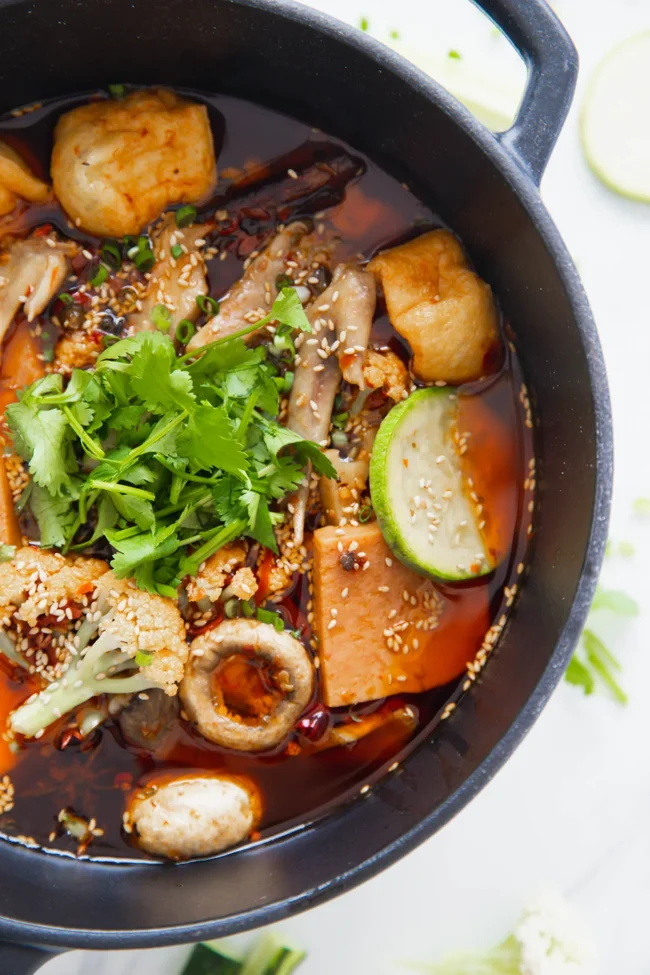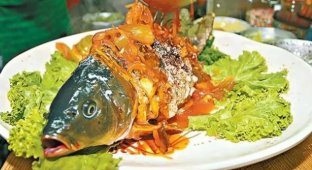Chinese soup that brings a storm of emotions (4 photos + 1 video)
Malatang is a popular Chinese dish found in cities from Beijing to Chengdu. It's a spicy and flavorful "builder soup" with a variety of ingredients to choose from. 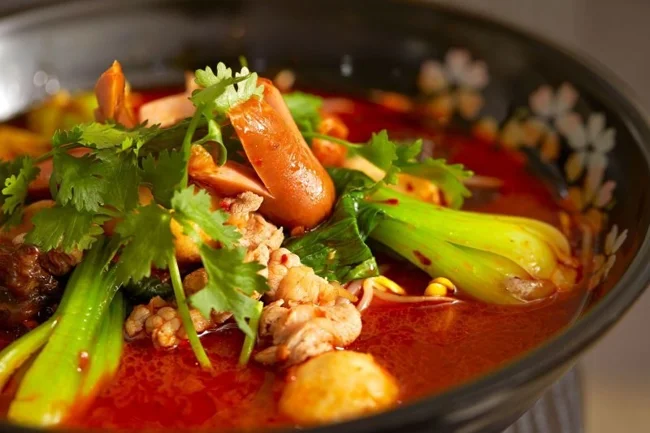
The name itself translates as "spicy and numbing": "ma" (麻) refers to the numbing effect of Sichuan peppercorns, "la" (辣) refers to the fiery spiciness of chili, and "tang" (烫) refers to the scalding heat of boiling water.
The history of malatan is closely linked to the workers and river ports of Sichuan. It is said that the dish was invented by boatmen on the Yangtze River: they didn't have time to prepare full meals, so they threw whatever they had on hand—vegetables, meat, noodles—into a boiling, spicy soup. 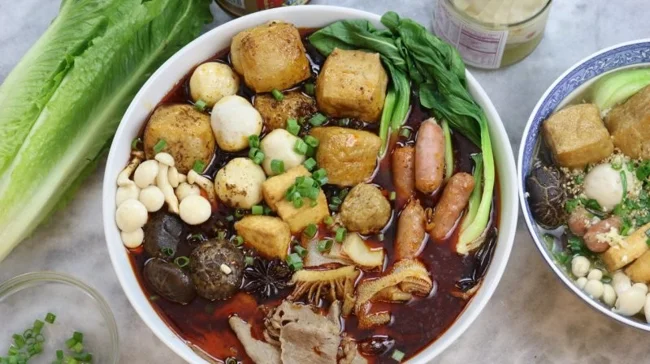
Thus, a simple yet nutritious dish emerged that quickly gained popular acclaim. Today, malatan is considered a "people's hot pot": what is prepared at the table in restaurants is made right outside in large vats at malatan.
Fun fact: Malatang is one of the most personalized types of food in China. Guests choose their own ingredients at the counter—from greens, mushrooms, and tofu to skewers of meat, seafood, and noodles. Everything is simmered in a rich, spicy broth and then served in a bowl, sprinkled with sesame seeds, cilantro, and crushed peanuts.
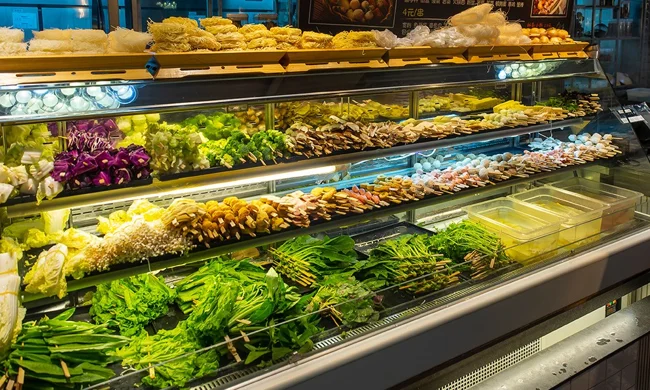
The classic recipe calls for a rich broth with Sichuan peppercorns, chili, ginger, garlic, star anise, and doubanjiang paste. The selected ingredients are immersed in the boiling broth: vegetables are simmered for a few minutes, meat and tofu a little longer, and noodles at the very end. Malatang is served hot, often with an additional sauce of sesame paste or soybean oil with pepper.
Today, malatan is a symbol of affordable street food: it can be eaten on the go, in bustling nightlife areas, or in small family-run eateries.
